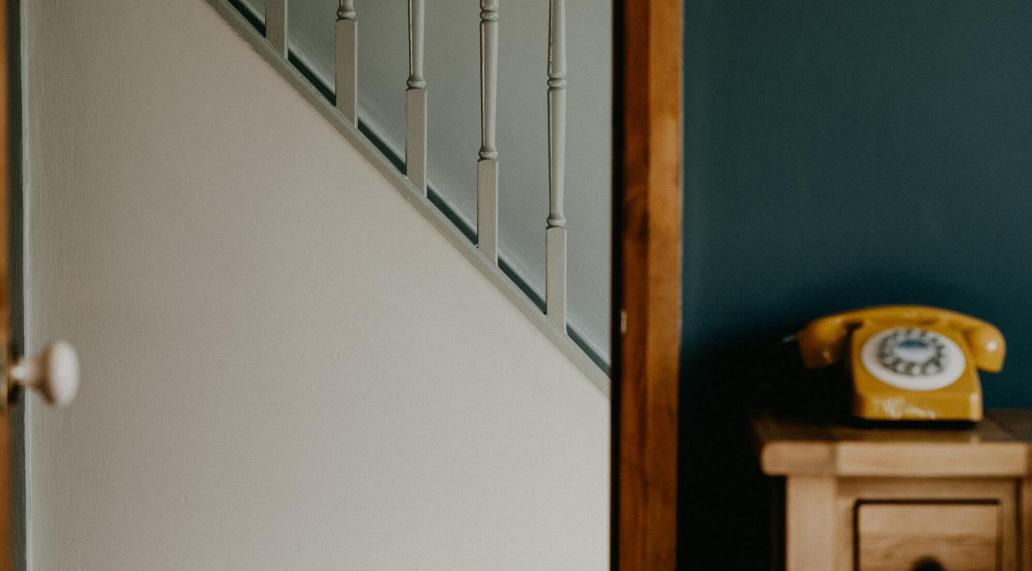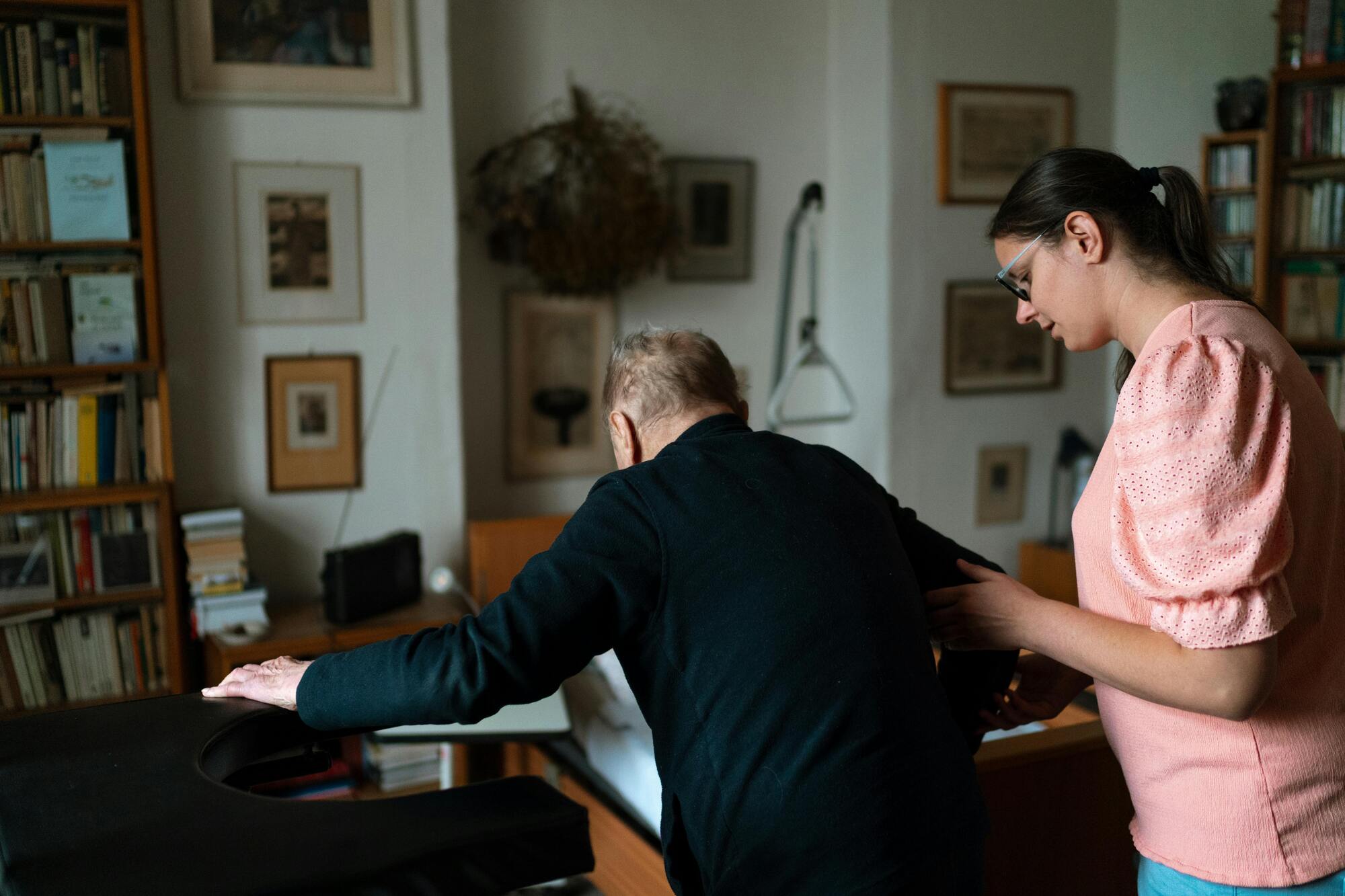
Age-appropriate housing adaptation
Those who buy or rent living space at a younger age rarely think about the time that will come one day: old age. When climbing stairs becomes a challenge, missing markings turn into tripping hazards, the shower seems out of reach, and the kitchen countertop useless for people in wheelchairs, we face new challenges.
The good news: There are options for home modifications. And there are even some that are covered by long-term care insurance funds. The aim is to allow elderly or disabled people to live independently in their own homes for as long as possible. Here, we tell you what conditions must be met for grants and what measures can look like in specific cases.
Measures to Improve the Residential Environment
The long-term care insurance refers to such modifications that contribute to the safety and usability of one's home as "home-improvement measures". The grant that the care funds approve for such measures—i.e., modifications—is up to a maximum of 4,000€ per person in need of care per measure. If several people live in a shared apartment, up to a maximum of 4,000€ is also approved per person, and a total of up to 16,000€ can be granted.
Requirements for the insurance grant
If you want to apply for a grant for relevant modifications for yourself or for a dependent person, one requirement must be met: The person in question must have an officially recognized care level. Furthermore, the modifications must enable home care, facilitate it, or contribute to a more independent way of living.
Examples of Measures for Housing Adaptation
So much for the regulations. But what measures can actually be implemented? Here are some examples:
- Installation and Setup of a Stair Lift
- Slip-resistant equipment for stairs, steps, and floors
- Installation of a two-sided staircase railing
- Installation of easily accessible light switches, sockets, and doorbells
- Installation of an accessible shower, a bathtub lift, a toilet, and appropriate handrails
- Lowering of wall cabinets in the bathroom and kitchen
- Adjustment of Furniture Heights
- Widening of door frames
- Creating Orientation Aids for Visual Impairment and Disability
- Installation of intercom systems or emergency calls
Even though it is always necessary to individually assess which measures help in each specific case, these are the classic and most frequently implemented measures.
It is important to know that, naturally, no condition remains as it is over time: If the need for care increases, subsidies for measures may potentially be approved again. Always check with the nursing care insurance in case of renewed necessity.
Incidentally: If it is not possible to make the necessary modifications on site, or if they are not proportionate, moving might be the only option. Be sure to discuss this with your long-term care insurance. A move can also be considered a measure to improve living conditions.
Tips for Applying
If you are planning renovations, wait for approval before implementing the measures. It may happen that no subsidy is granted during the work or afterwards for various reasons. Apply for the measures with a complete description of the construction project and the corresponding justification. If possible, include a cost estimate from the craftsmen so that the insurance company knows what your expectations are.
Conclusion: Housing adaptation is beneficial for those affected and is subsidized
It is highly desirable to stay in one's own familiar environment for as long as possible, whether due to old age or a disability. For those affected, their own four walls are usually exactly what provides them with the most security and support in their situation. And as long as this does not lead to isolation or neglect of hygiene and care, it makes sense to do everything possible to make this environment barrier-free in every respect.
by Jana Lorenz


